

Greek Gods Family Tree. Occult 100: Search Engine, Archive and Book of Shadows for Witchcraft, Paganism, Spells, Magick, Rituals, Wicca, Satanism, Tarot, Psychics, Ouija, Divination and Other Esoteric Topics. Lilith, goddess of liberation © Anita Ryan-Revel 2000. Lilith - semen demon or feminist icon? Exactly who or what is Lilith?
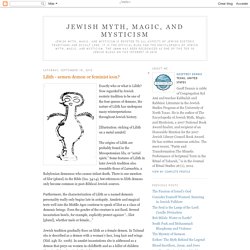
Now regarded by Jewish esoteric tradition to be one of the four queens of demons, the nature of Lilith has undergone many reinterpretations throughout Jewish history. [Illustration: etching of Lilith on a metal amulet] The origins of Lilith are probably found in the Mesopotamian lilu, or “aerial spirit.” Eve and the Identity of Women: 7. Eve & Lilith. In an effort to explain inconsistencies in the Old Testament, there developed in Jewish literature a complex interpretive system called the midrash which attempts to reconcile biblical contradictions and bring new meaning to the scriptural text.
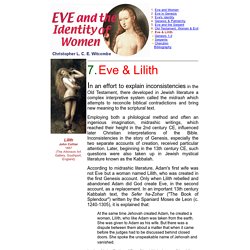
Employing both a philological method and often an ingenious imagination, midrashic writings, which reached their height in the 2nd century CE, influenced later Christian interpretations of the Bible. Inconsistencies in the story of Genesis, especially the two separate accounts of creation, received particular attention. Lilith. Lilith (Hebrew: לילית; lilit, or lilith) is a Hebrew name for a figure in Jewish mythology, developed earliest in the Babylonian Talmud, who is generally thought to be in part derived from a class of female demons Līlīṯu in Mesopotamian texts of Assyria and Babylonia.
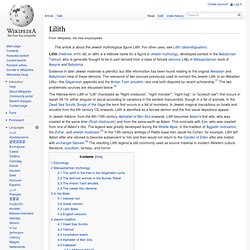
Evidence in later Jewish materials is plentiful, but little information has been found relating to the original Akkadian and Babylonian view of these demons. The relevance of two sources previously used to connect the Jewish Lilith to an Akkadian Lilitu—the Gilgamesh appendix and the Arslan Tash amulets—are now both disputed by recent scholarship.[1] The two problematic sources are discussed below.[2] ia600807.us.archive.org/33/items/PythagorasPlatoAndTheGoldenRatio/PythagoreanGoldenRatio.pdf. Links. Patterns in nature (2) David Pratt January 2006 Part 2 of 2 Contents 6. Formative power of sound 7. Planets and geometry 8. Planetary distances 9. Dave’s Streetwise Theosophy Boards, Learn Theosophy Now on The Theosophy Website that welcomes Absolute Beginners.
Plotinus. Biography[edit] Plotinus had an inherent distrust of materiality (an attitude common to Platonism), holding to the view that phenomena were a poor image or mimicry (mimesis) of something "higher and intelligible" [VI.I] which was the "truer part of genuine Being".
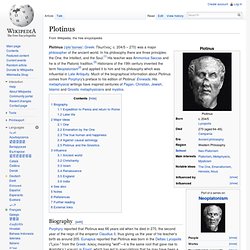
This distrust extended to the body, including his own; it is reported by Porphyry that at one point he refused to have his portrait painted, presumably for much the same reasons of dislike. The 500 Year Old Map that Shatters the Official History of the Human Race. Buck Rogers, Staff WriterWaking Times If conventional wisdom on the history of the human race is correct, then human civilization is not old enough, nor was it advanced enough, to account for many of the mysterious monolithic and archeological sites around the world.
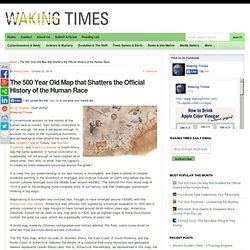
Places like Gobekli Tepe in Turkey, the Bosnian Pyramids, and Adam’s Calendar in South Africa, beg the same question: if human civilization is supposedly not old enough to have created all of these sites, then who, or what, had the capacity to create so many elaborate structures around the globe?